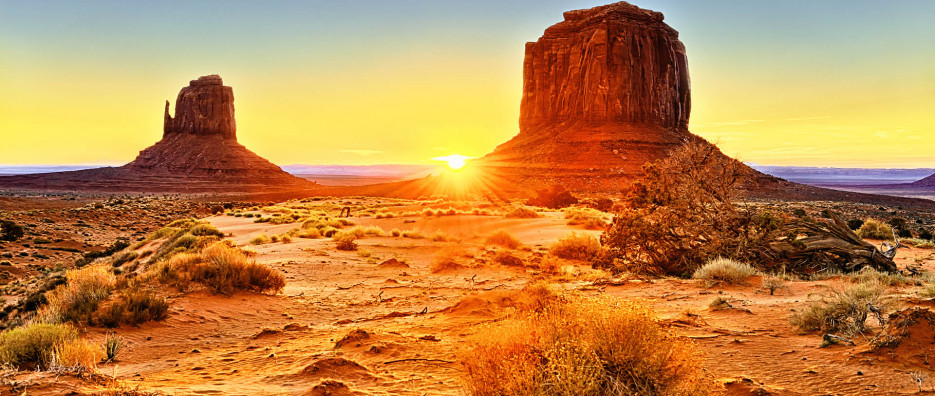
History of American Indian and Alaska Native Heritage Month
At the turn of the twentieth century, an effort began to gain a day of recognition for the significant contributions the first Americans made to the establishment and growth of the U.S. This has now expanded in a whole month being designated for that purpose.
Dr. Arthur C. Parker, a Seneca Indian and the director of the Museum of Arts and Science in Rochester, NY, was one of the early proponents of an American Indian Day. He persuaded the Boy Scouts of America to set aside a day for the "First Americans" and for three years they adopted such a day. In 1915, the annual Congress of the American Indian Association meeting in Lawrence, KS, formally approved a plan concerning American Indian Day. It directed its president, Rev. Sherman Coolidge, an Arapahoe, to call upon the country to observe such a day. Coolidge issued a proclamation on September 28th 1915, which declared the second Saturday of each May as an American Indian Day and contained the first formal appeal for recognition of Indians as citizens.
In 1914, Red Fox James, a Blackfoot Indian, rode horseback from state-to-state seeking approval for a day to honor Indians. On December 14th 1915, he presented the endorsements of 24 state governments at the White House. There is no record, however, of such a national day being proclaimed.
The governor of New York declared the second Saturday in May 1916 to be the first American Indian Day. Several states celebrate the fourth Friday in September. In Illinois, legislators enacted such a day in 1919. Several states have designated Columbus Day as Native American Day, but it continues to be a day we observe without any recognition as a national legal holiday.
President George Bush approved a joint resolution designating November 1990 "National American Indian Heritage Month." Similar proclamations have been issued each year since 1994. Similar proclamations have been issued every year since 1994, and we now refer to this celebration as “American Indian and Alaska Native Heritage Month.”
Facts and Figures
- The nation’s American Indian and Alaska Native population was 6.9 million in 2018, including those of more than one race.
Source: Vintage 2018 Population Estimates - The were 324 distinct federally recognized American Indian reservations in 2018, including federal reservations and off-reservation trust land.
Source: U.S. Gazetteer Files - There were 573 federally recognized Indian tribes in 2018.
Source: Bureau of Indian Affairs, 2019 - There were 141,438 single-race American Indian and Alaska Native veterans of the U.S. armed forces in 2018.
Source: 2018 American Community Survey
Resources : http://www.infoplease.com
External Links
- Notable American Indians
- Navajo Code Talkers: World War II
- Presidents Proclamation
- American Indian and Alaska Native Population by Tribes
- American Indian Quotations
- 20th Century Warriors: Native American Participation in the United States Military


